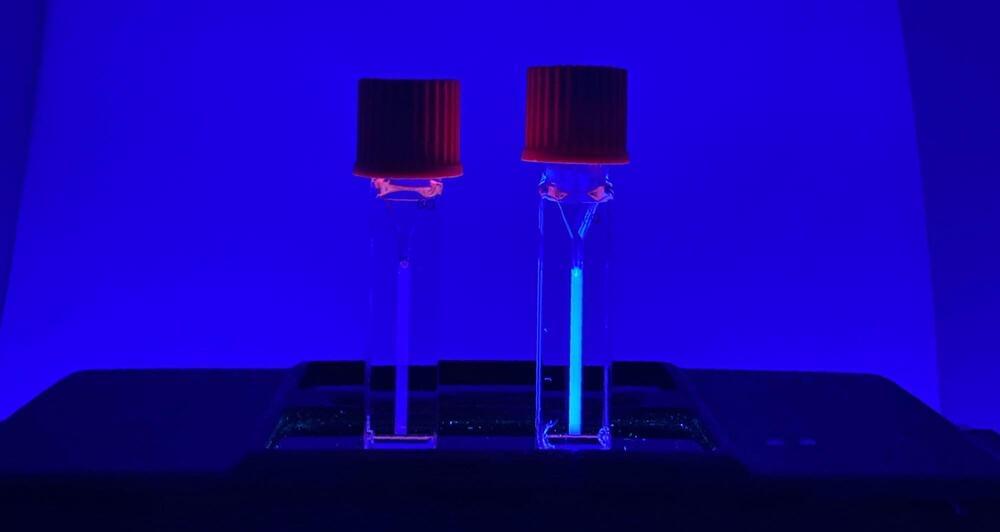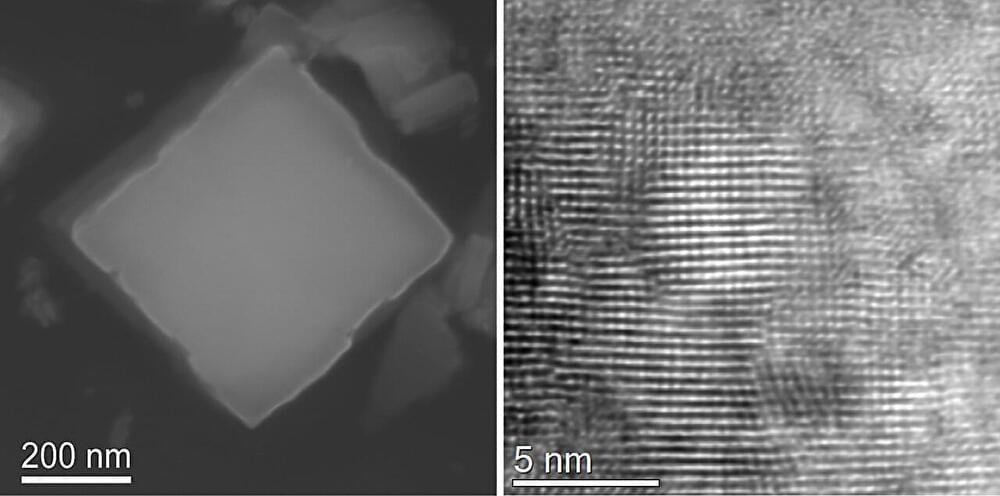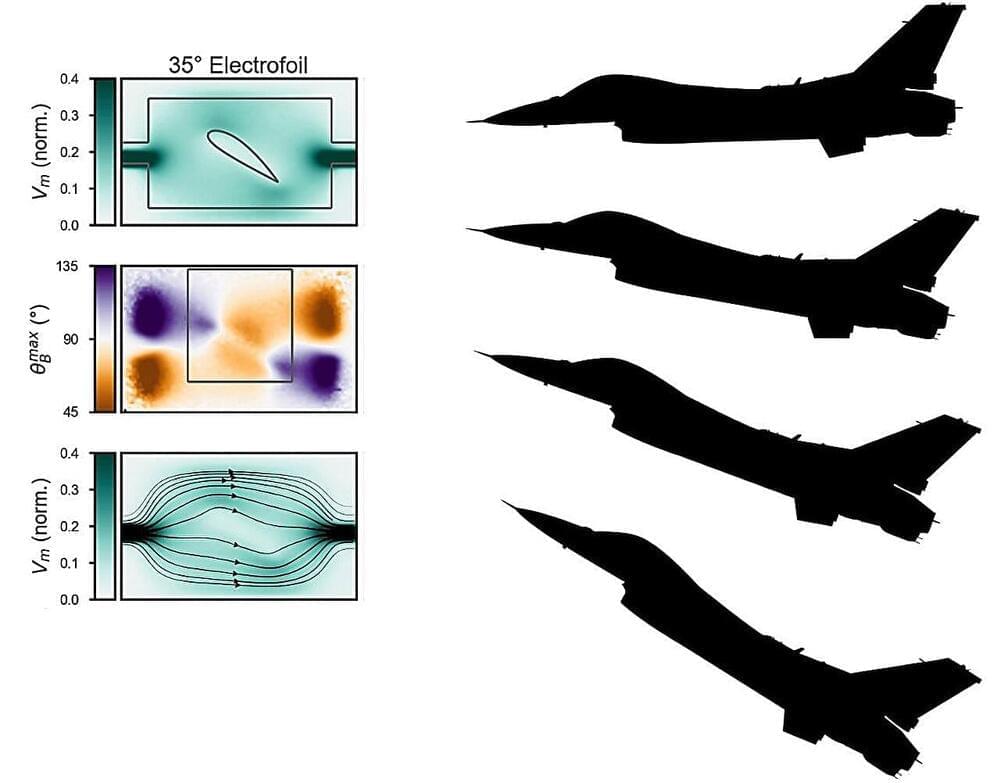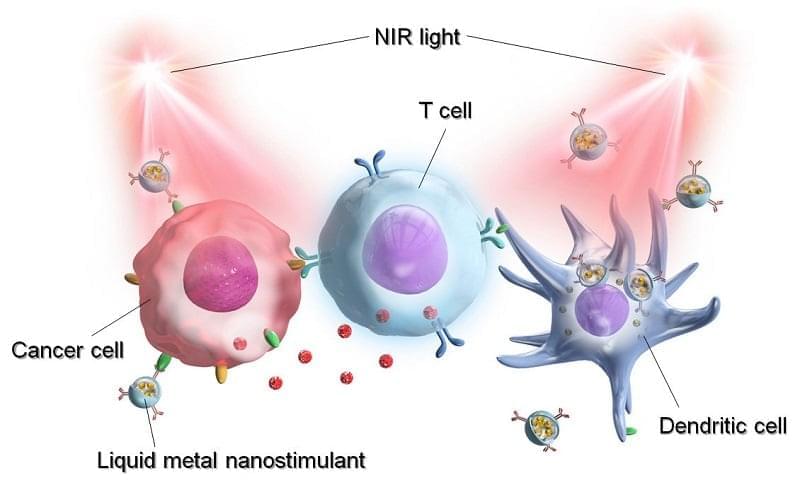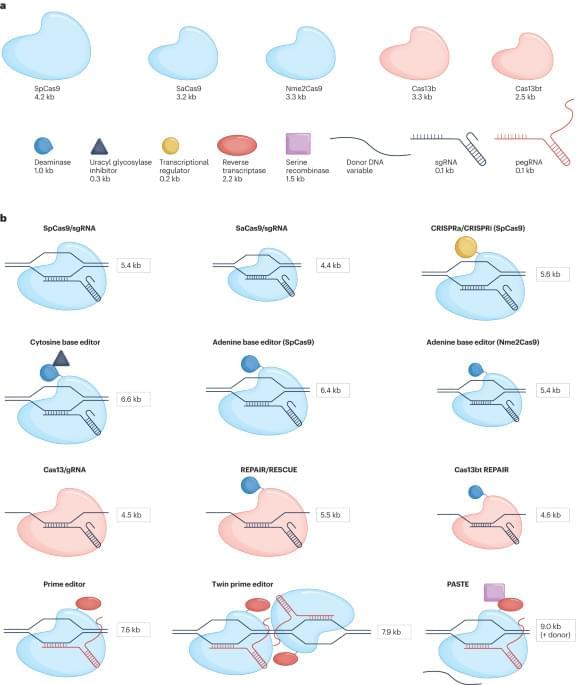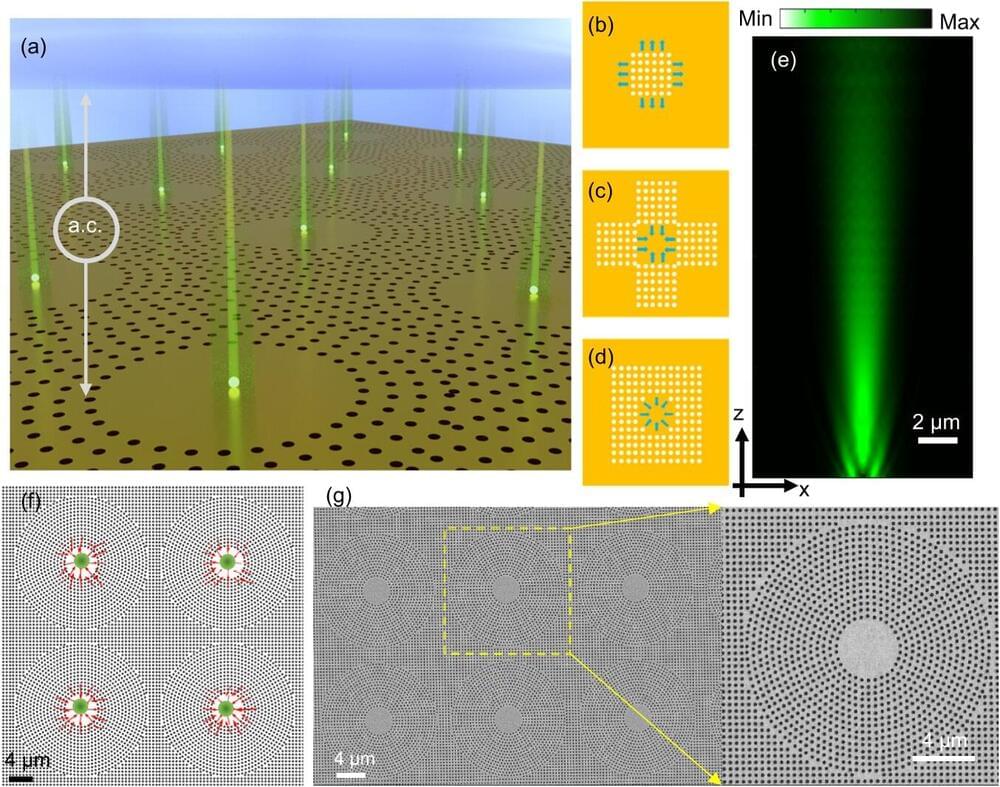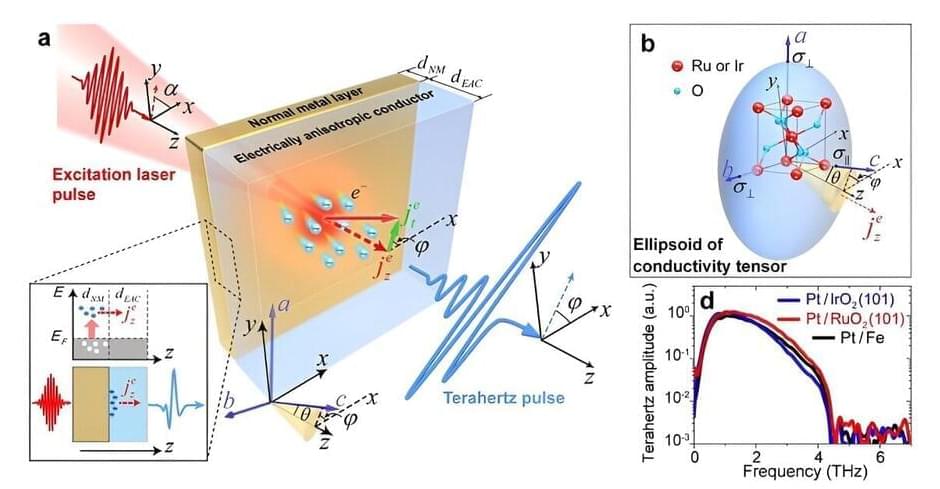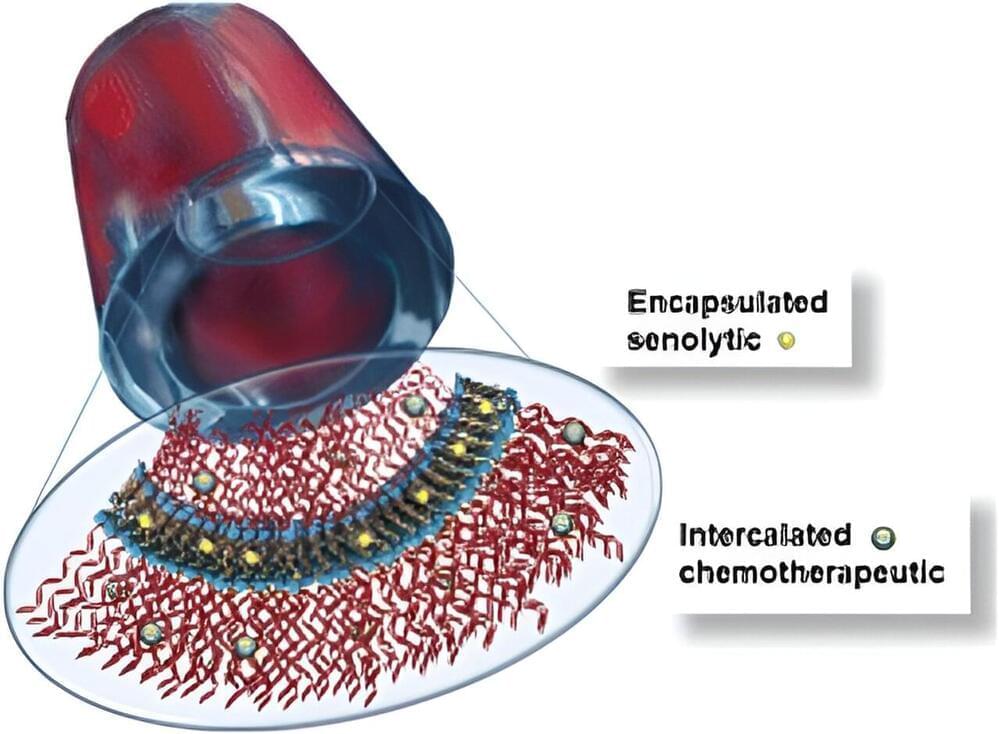Chemotherapy as a treatment for cancer is one of the major medical success stories of the 20th century, but it’s far from perfect. Anyone who has been through chemotherapy or who has had a friend or loved one go through it will be familiar with its many side effects: hair loss, nausea, weakened immune system, and even infertility and nerve damage.
This is because chemotherapy drugs are toxic. They’re meant to kill cancer cells by poisoning them, but since cancer cells derive from healthy cells and are substantially similar to them, it is difficult to create a drug that kills them without also harming healthy tissue.
But now a pair of Caltech research teams have created an entirely new kind of drug delivery system, one that they say may finally give doctors the ability to treat cancer in a more targeted way. The system employs drugs that are activated by ultrasound —and only right where they are needed in the body.
